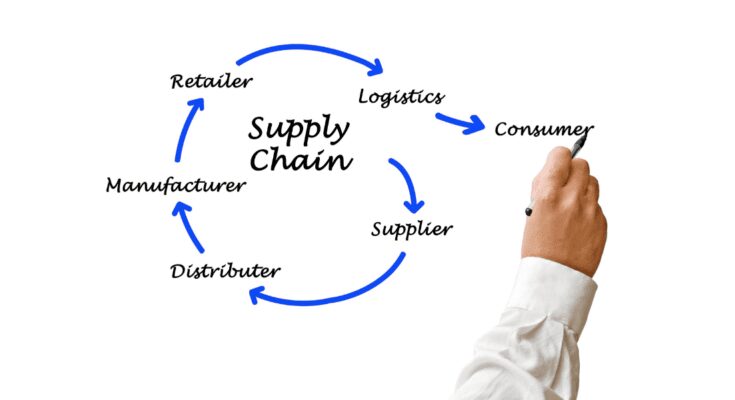As global competition continues to intensify, businesses are under more pressure than ever to deliver goods faster, more reliably, and at a lower cost. At the heart of this challenge is the supply chain, a complex network of manufacturers, distributors, and retailers that must work together to meet the needs of customers. A poorly managed supply chain can result in late deliveries, lost sales, and damaged customer relationships. In this blog post, we will discuss six tips to optimize your supply chain planning process for better efficiency.
6 Proven Tips to Optimize Your Supply Chain Planning Process for Better Efficiency
The following tips will help you optimize your supply chain planning process for better efficiency:
Tip #1: Create a Comprehensive Supply Chain Map
To optimize your supply chain, you need to start by understanding it. A comprehensive supply chain map provides a detailed view of all the components that make up your supply chain. This includes suppliers, manufacturers, distributors, and retailers. By creating a map, you can identify bottlenecks, inefficiencies, and areas where you can make improvements.
Tip #2: Leverage Data Analytics
Data analytics can help you optimize your supply chain by providing insights into customer demand, inventory levels, and production capacity. By analyzing this data, you can make informed decisions about how much inventory to carry, when to reorder, and how to allocate resources.
Tip #3: Adopt a Continuous Improvement Mindset
Supply chain optimization is an ongoing process that requires a continuous improvement mindset. By regularly reviewing your supply chain performance, you can identify areas for improvement and implement changes to drive better efficiency.
Tip #4: Implement Supply Chain Collaboration Tools
Effective collaboration is critical to a successful supply chain. Supply chain collaboration tools can help you streamline communication between different stakeholders in the supply chain, such as suppliers, manufacturers, and retailers. By sharing information and working together, you can reduce lead times and improve overall efficiency.
Tip #5: Embrace Technology
Technology can play a key role in optimizing your supply chain. From inventory management software to transportation management systems, there is a wide range of technology solutions that can help you improve efficiency, reduce costs, and improve customer satisfaction.
Tip #6: Build Resilience into Your Supply Chain
The COVID-19 pandemic has highlighted the importance of building resilience in your supply chain. By having multiple suppliers and backup plans in place, you can reduce the risk of disruption and ensure that you can continue to meet customer demand even during times of crisis.
In conclusion, optimizing your supply chain is a complex process that requires a holistic approach. By creating a comprehensive supply chain map, leveraging data analytics, adopting a continuous improvement mindset, implementing supply chain collaboration tools, embracing technology, and building resilience into your supply chain, you can drive better efficiency and improve customer satisfaction. Remember, supply chain optimization is an ongoing process, so continue to review and refine your processes to stay ahead of the competition.



